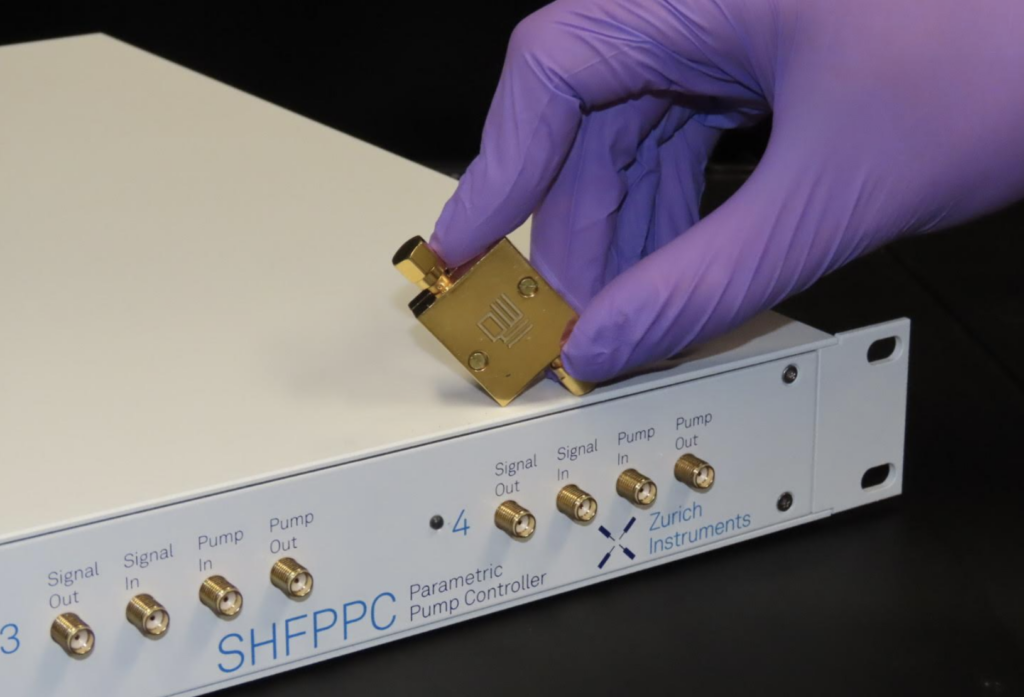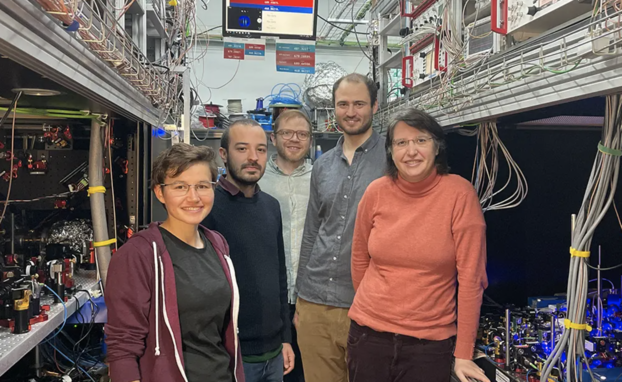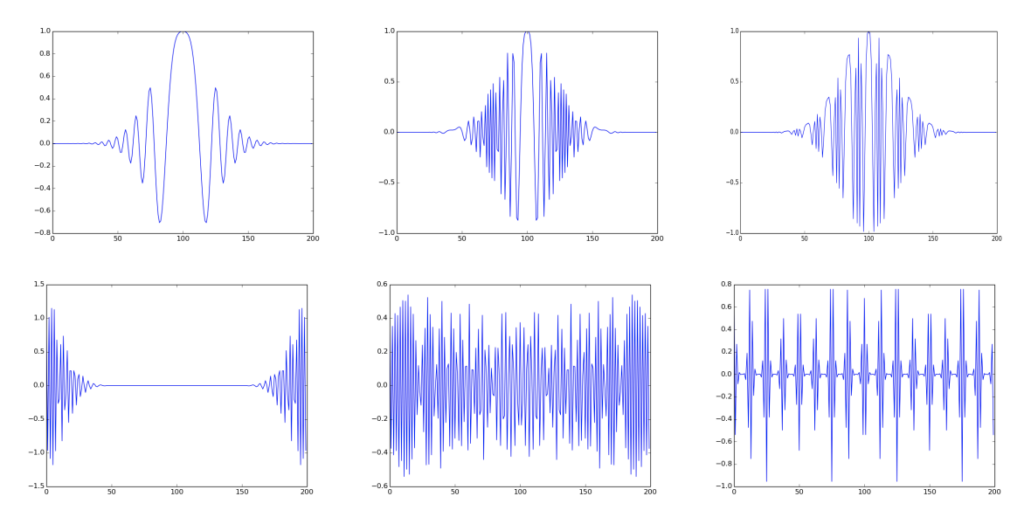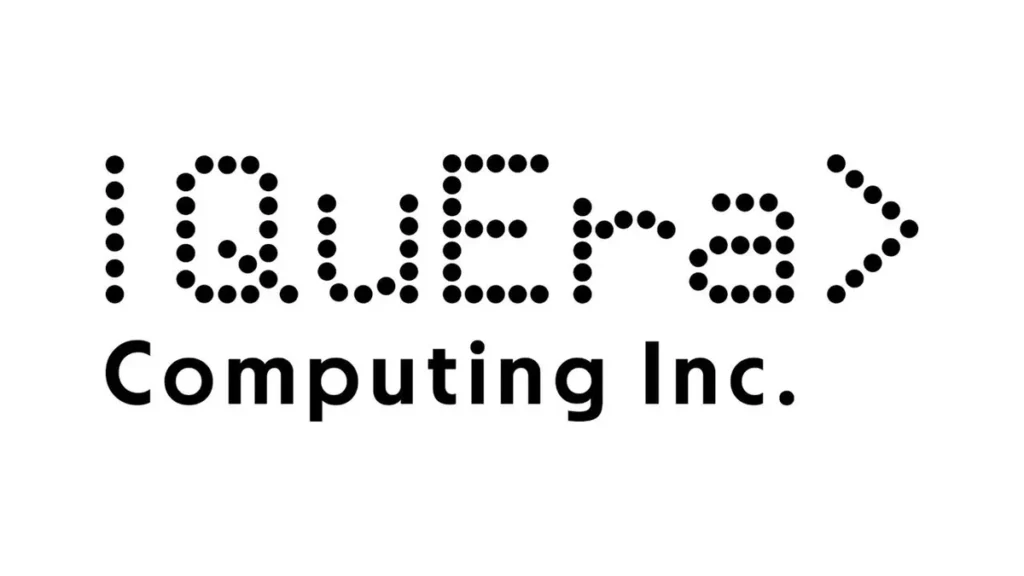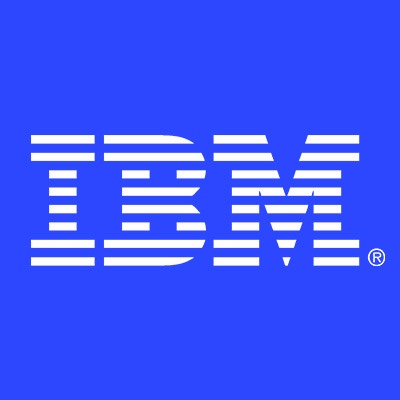
While the quantum community often agonizes over hardware issues — like qubit number and quantum volume — that’s not the only way to unleash the power of quantum computing.
Improving software development and ensuring accessibility are critical, too. Maybe even more critical.

Blake Johnson, Quantum Platform Lead at IBM, said his team is moving into the proof-of-concept stage of systems that address a problem that quantum programmers experience frequently — an inefficient approach to managing workloads.
“In addition to these new programming frameworks that make it easier to express the problem you’re trying to solve, it’s equally important to make sure that the systems we’re building are better able to solve them,” said Johnson.
He added that IBM is continuing to make progress on important factors to master quantum performance, such as quantum volume.
“Quantum volume refers to the quality of the quantum processor — how well can it execute the quantum circuits you’re trying to run — but we also need systems that can efficiently execute many circuits,” Johnson said. “This is particularly relevant for near-term applications. For example, a common workload uses the outcome of one computation to select the next circuits to run. It’s interactive.”
Johnson said it’s similar to the GPU-CPU connection in modern computing.
“You partition the problem between what can happen on your CPU and what you do on your GPU,” he added. “These near-term problems have that structure where you want to partition it between things that you want to happen classically and things you want to happen quantumly.”
Current systems struggle to execute these programs effectively, said Johnson. Addressing that problem requires a system that is designed from the beginning to handle interactive workloads. The bottom line in solving the issue, though, would be considerable improvements to speed, according to Johnson, who has previously worked across many elements of the quantum computing stack, including research into characterization protocols, quantum programming languages, device design and system architecture.
“What we’re doing with this is developing a new system that can natively understand that these workloads have that structure and efficiently execute them,” said Johnson. “We expect it to have dramatic speed advantages compared to what’s available today.”
Frictionless Quantum Development
IBM is focused on helping businesses develop quantum software solutions for near-term applications — in other words, now. One way to do that is to make quantum computing accessible. It’s next step in Qiskit takes that a step farther. The idea of frictionless software development lies at the core of the company’s efforts. He said that early quantum computing tools are inward focused.
“The hardest problem today is to make better quantum computers — computers that can execute circuits with higher fidelity and execute larger and deeper circuits to extend them to application domains of interest,” said Johnson. “The current tools make it easier to make those circuits, but the kinds of circuits that we focused on initially were the kinds you would use to characterize the quantum processor or to build better components. That remains a critical task over the next five to ten years, but we’ve made sufficient progress, we believe, so that people are beginning to ask questions about how they can start to put these systems to use and whether these devices are good enough today and in the next few years to do things that they couldn’t do with other computational tools.”
According to Johnson, teams must build software tools that are appropriate for the next step in computation and helping to take quantum computing out of the sandbox and into creating solutions to problems faced by companies and organizations.
“This is for people who aren’t just thinking about the fundamental logical gates, but how you stitch these things together to make functions that can compute and become the building blocks for the programmer,” said Johnson.
The goal is to give people — not just quantum computing experts — the tools to help them use quantum computers to solve problems.
“We’ve started with this circuit library of components that do useful things and then connect those together to make them applicable to problem domains, so that a user, who isn’t even a specialist in quantum computing, has a pathway to get started,” said Johnson.
This modularity encourages exploration, he added.
Qiskit Chemistry
The new release of IBM’s pioneering Qiskit also features an overhauled Qiskit Chemistry module and a new Qiskit Gradients framework — which are also good examples of how this frictionless approach to quantum software can reach users across domains and connect them with the power of quantum computing.
The adjustments to the software are aimed at domain experts without a deep background in quantum computers and quantum algorithms researchers, according to the company. Non-quantum domain experts can experiment with the tools, while algorithm researchers can develop and quantum algorithms researchers who want to develop and test new algorithmic building blocks, program runtimes, error mitigation techniques and real quantum hardware in an application context.
Quantum Control Systems
Prior to joining IBM, Johnson served as post-doc at Rigetti Computing and Senior Scientist at Raytheon BBN Technologies. He earned a doctorate in physics from Yale University where he helped develop superconducting transmon qubits and apply them to novel quantum optics tasks, including invention of an absorptionless single-photon detector. Johnson’s team at IBM is responsible for the hardware and software components involved in the execution of a quantum program, including converting the program into the signals that actuate operations on quantum processors.
For more market insights, check out our latest quantum computing news here.















